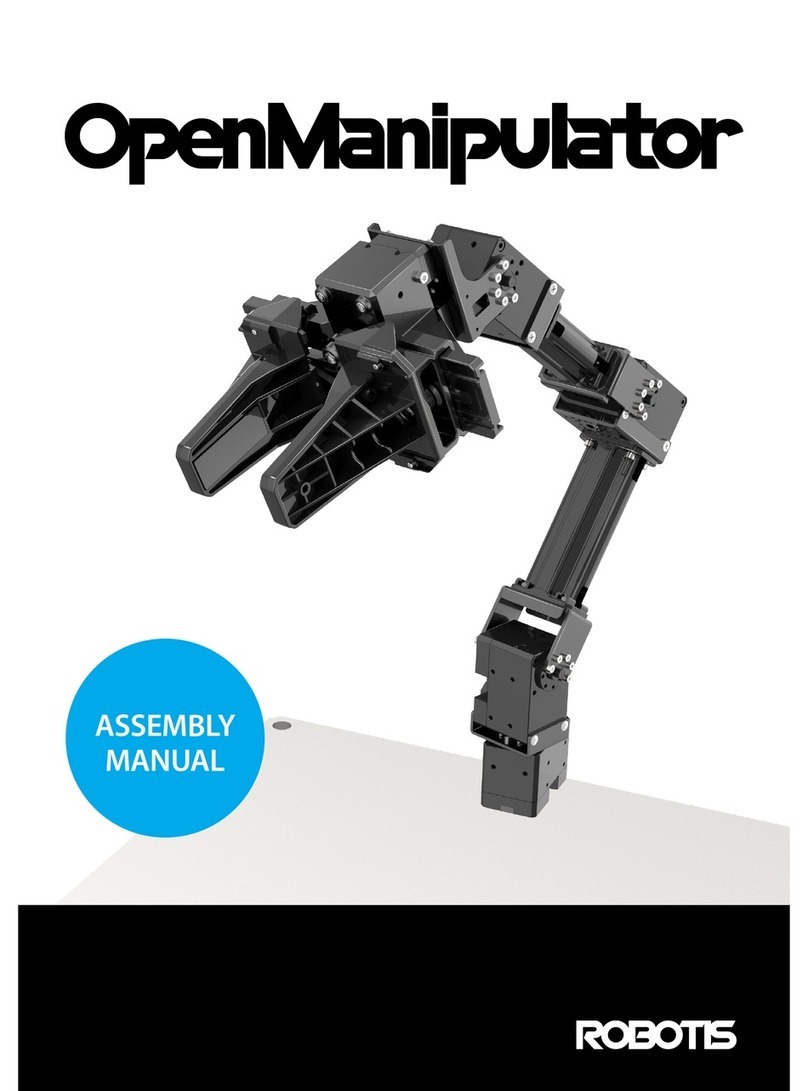Robotis DYNAMIXEL XM430-W210 Guide




















Table of contents
Other Robotis Industrial Equipment manuals
Popular Industrial Equipment manuals by other brands
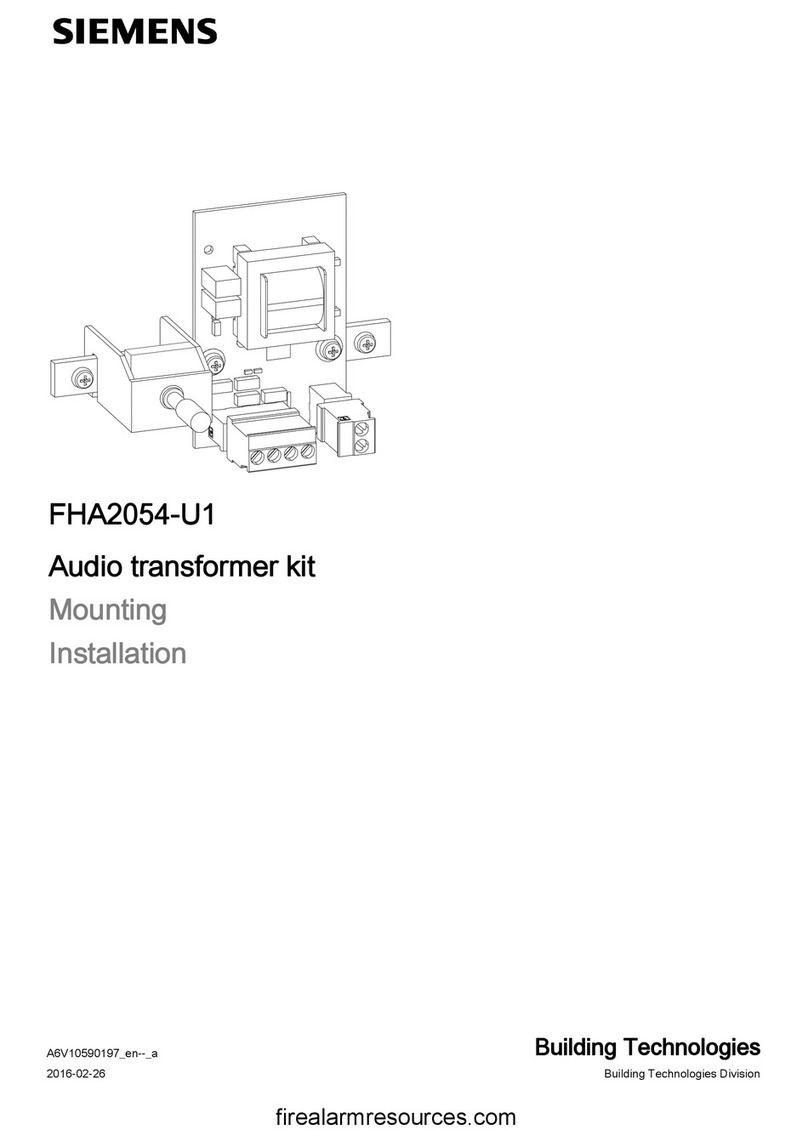
Siemens
Siemens FHA2054-U1 Mounting & installation
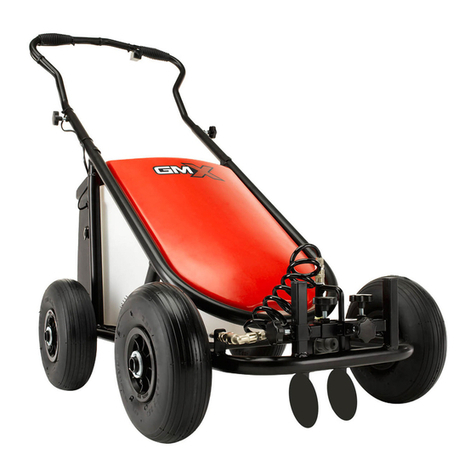
Bowcom
Bowcom GMX Instruction manual / spare parts list
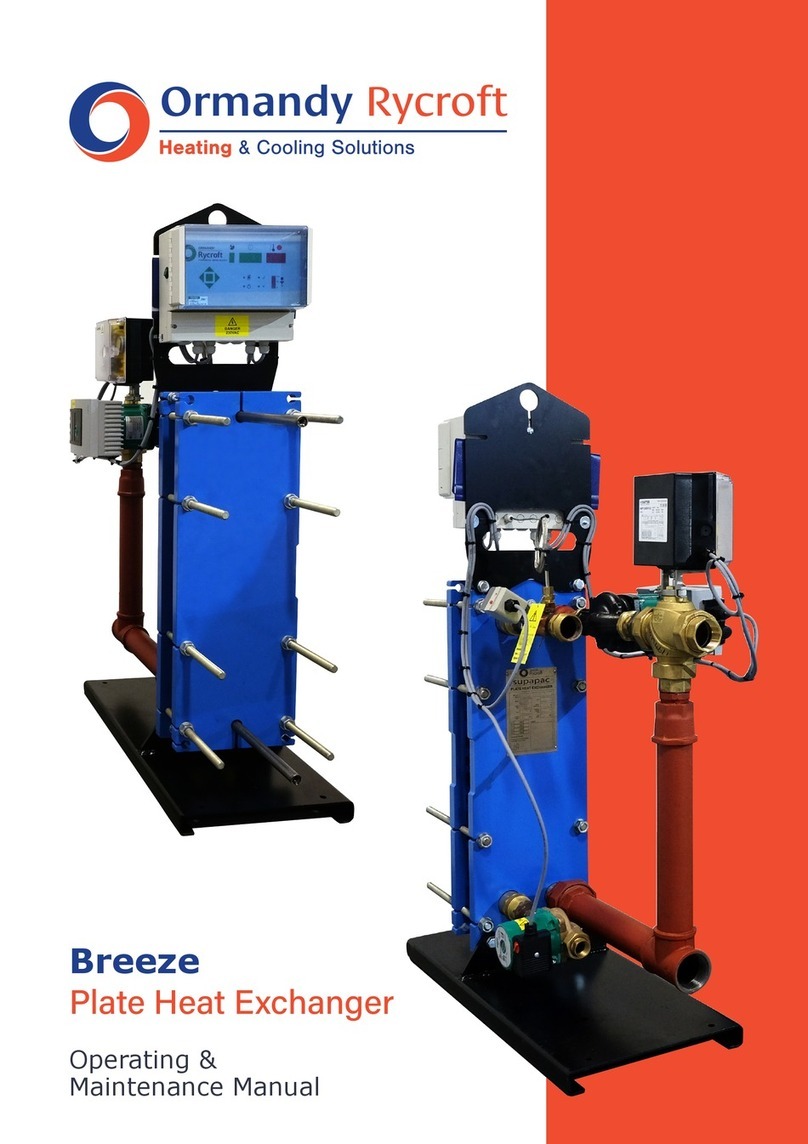
Ormandy Group
Ormandy Group Breeze operating & maintenance manual
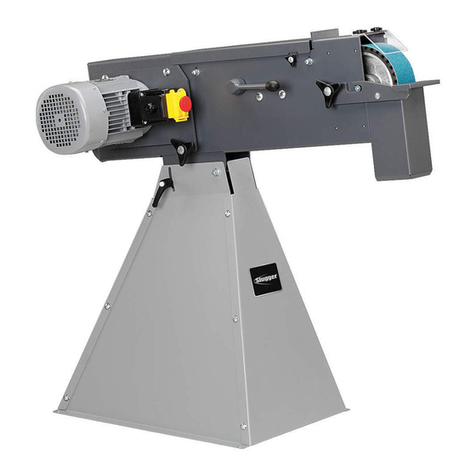
Fein
Fein Grit GX75 Series manual
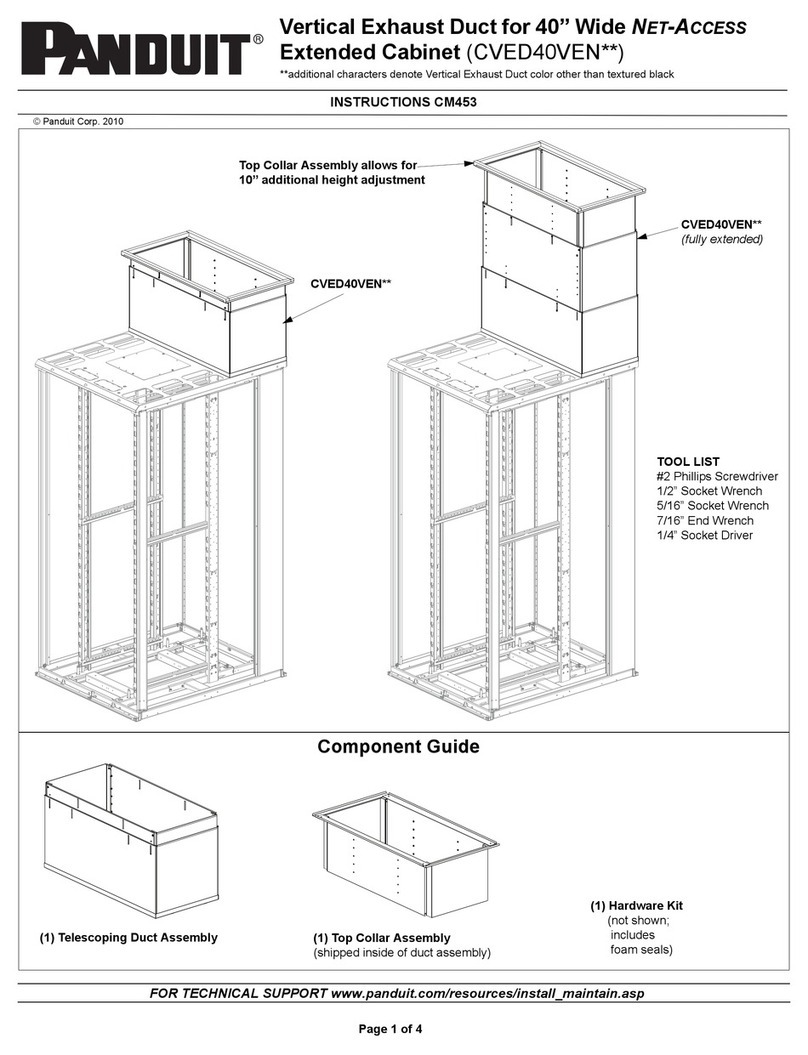
Panduit
Panduit CVED40VEN Series instructions
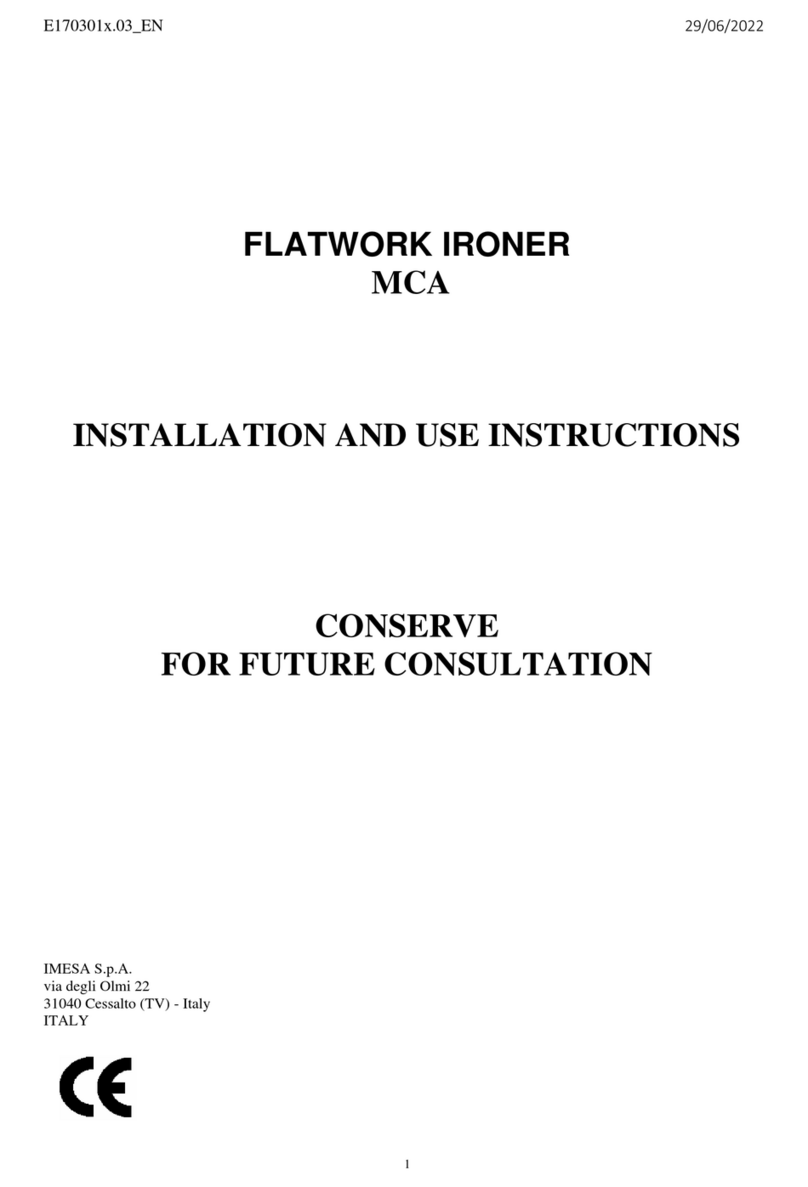
Imesa
Imesa FLATWORK IRONER Installation and use instructions and warnings
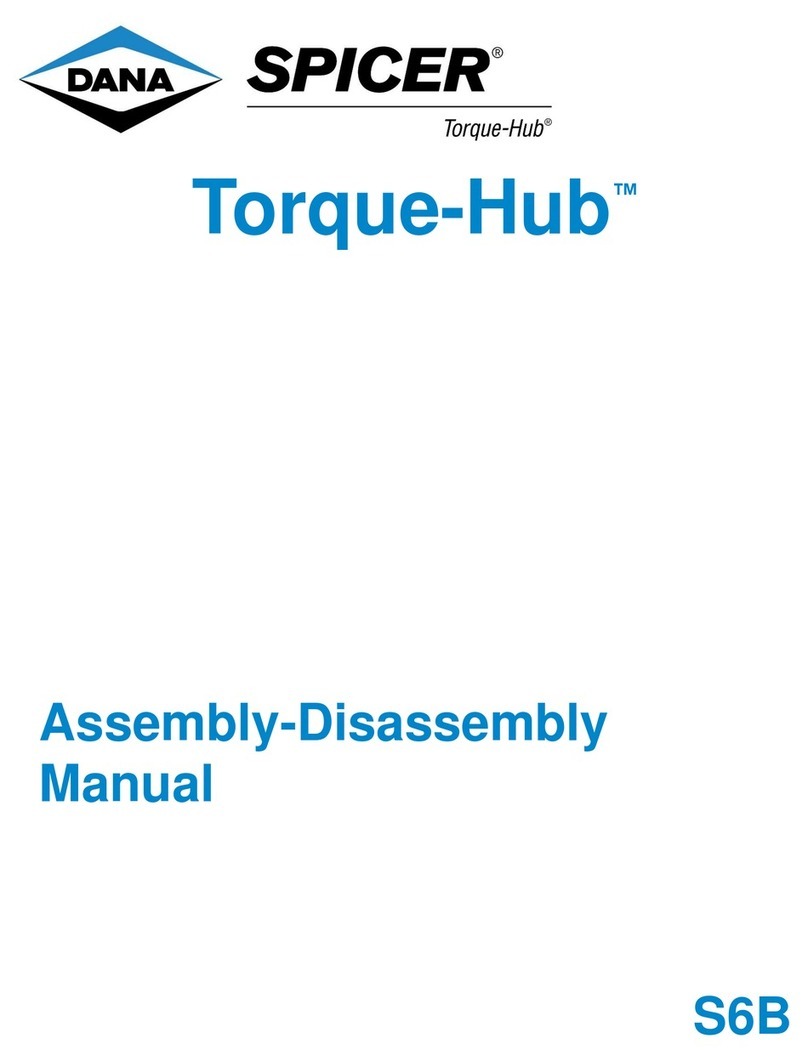
DANA
DANA SPICER Torque-Hub S6B Assembly and Disassembly
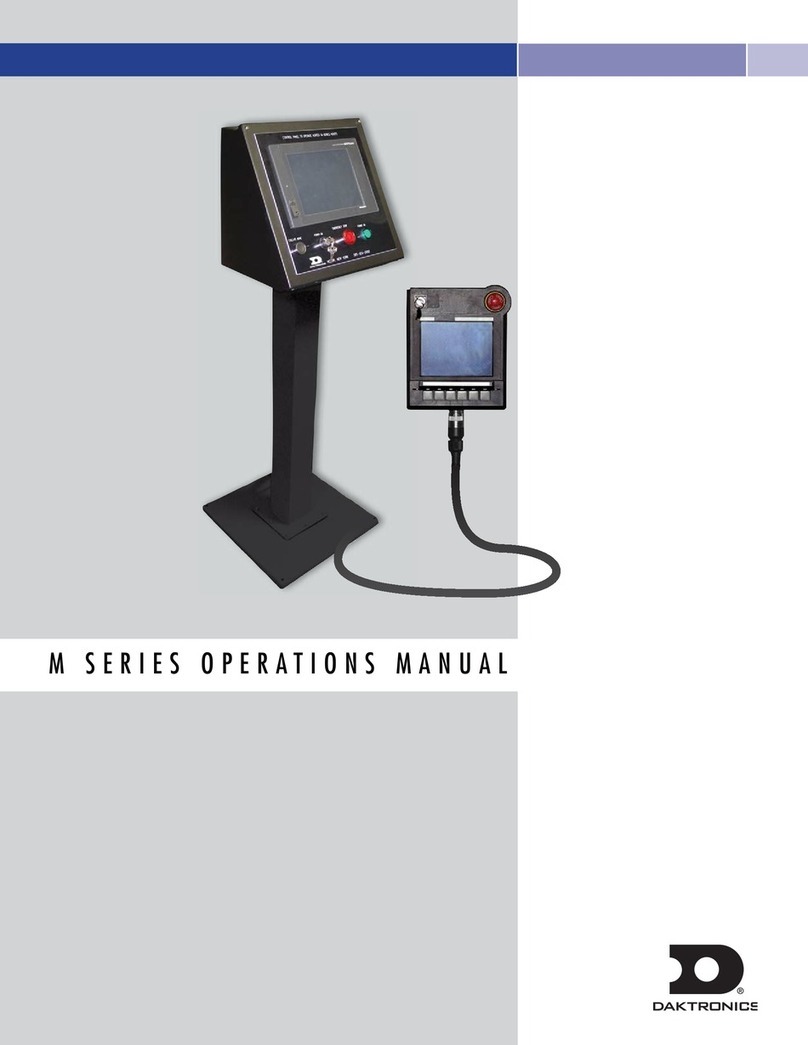
Daktronics
Daktronics M Series Operation manual
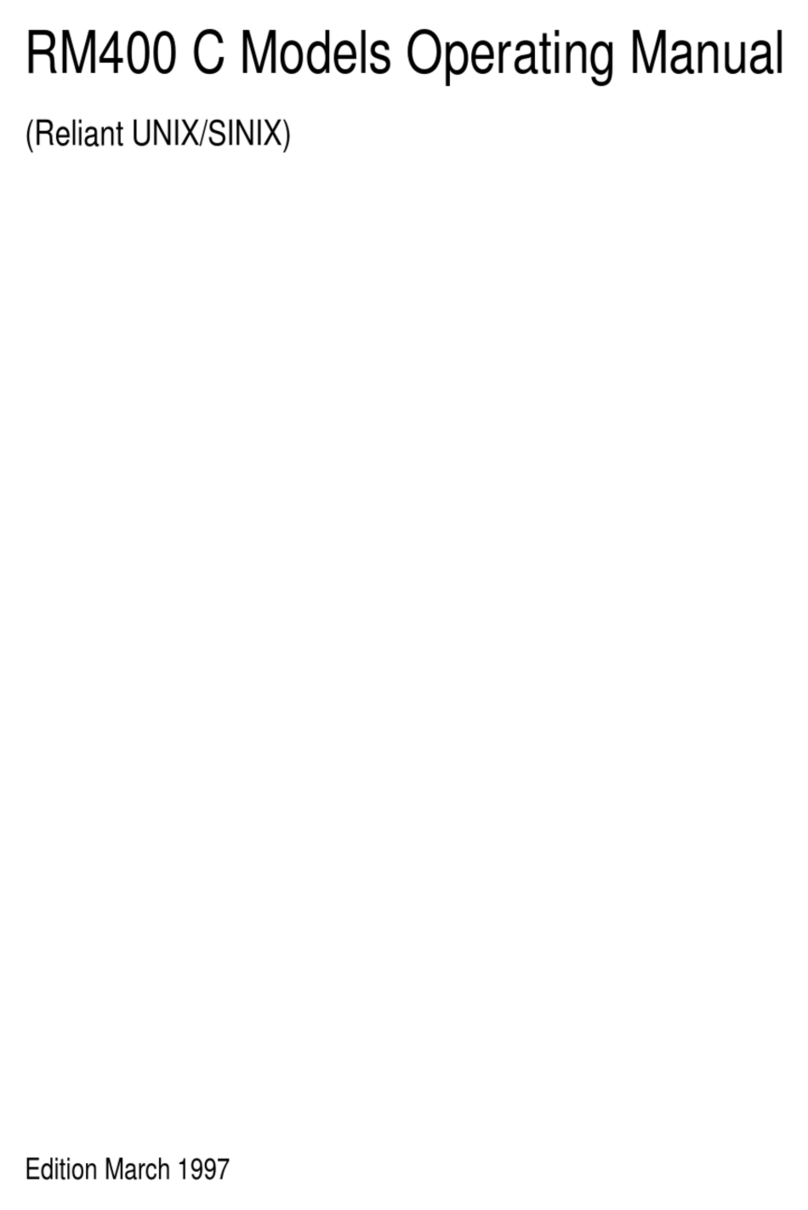
Siemens
Siemens RM400 C Series operating manual
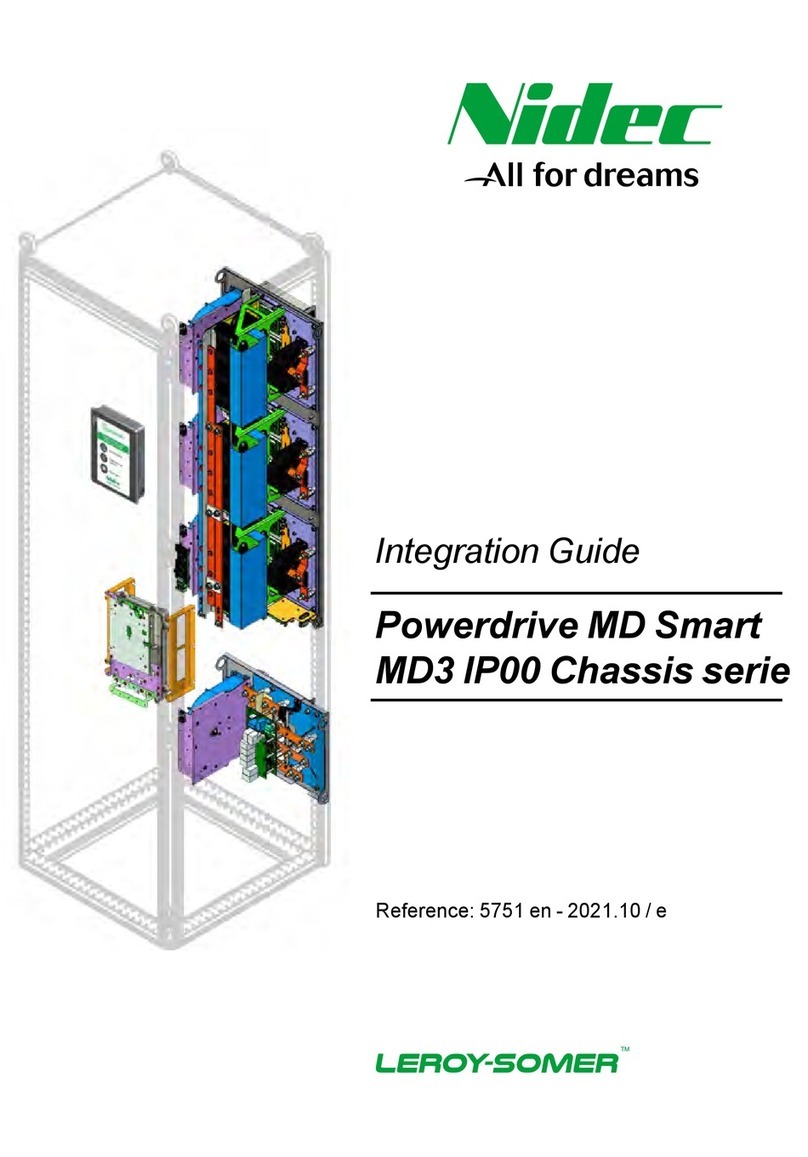
Nidec
Nidec Leroy-Somer Powerdrive MD Smart Integration guide
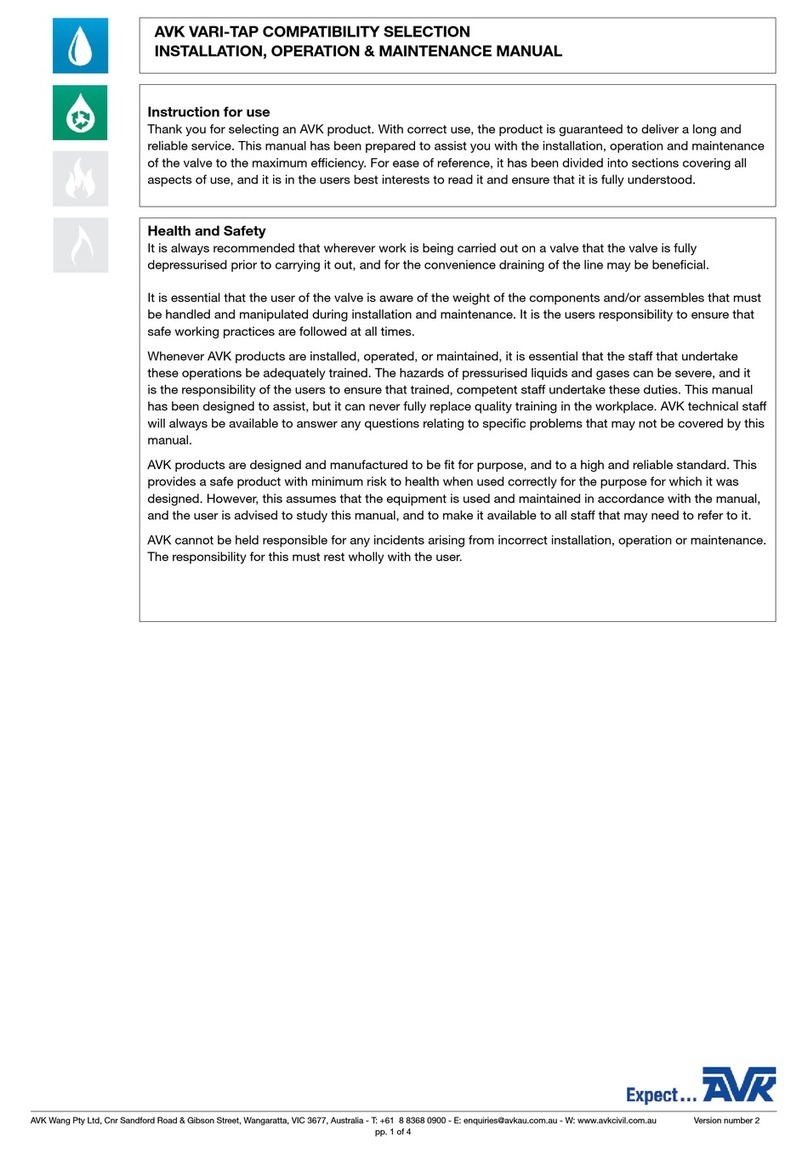
AVK
AVK VARI TAP Installation, operation & maintenance manual
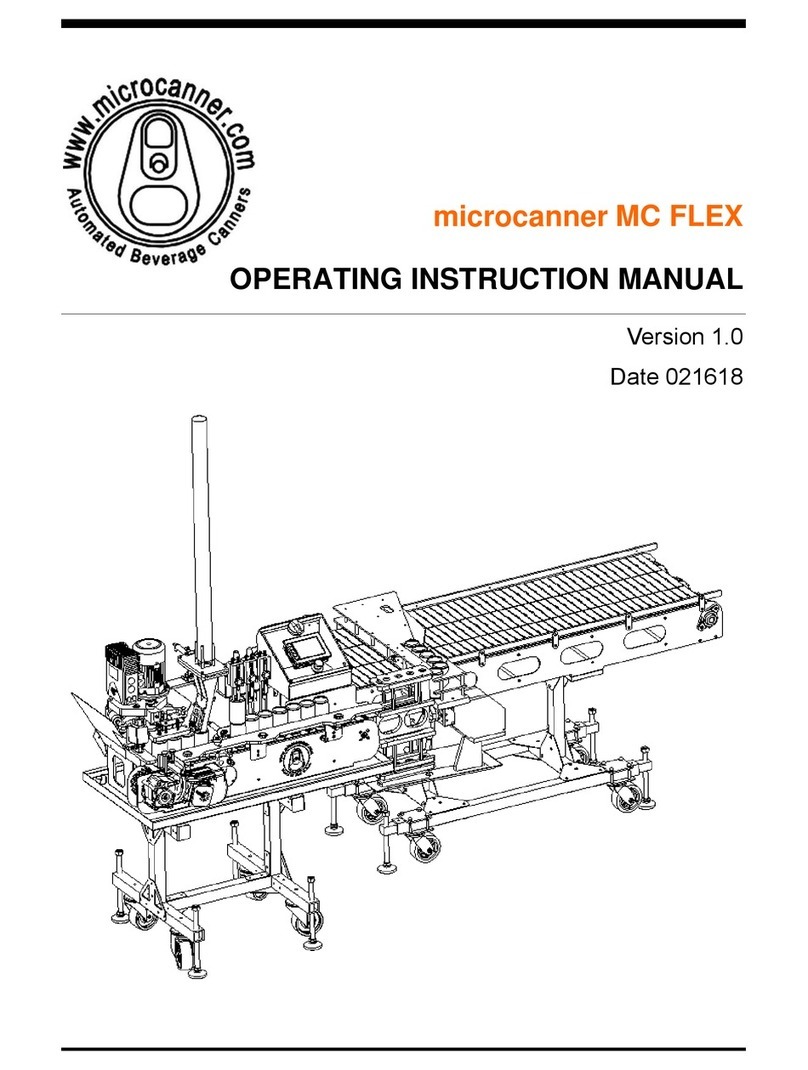
Microcanner
Microcanner MC FLEX Operating instructions manual
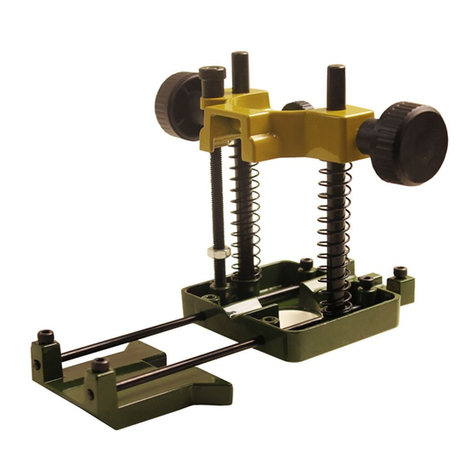
Proxxon
Proxxon MICROMOT OFV manual

Dixon
Dixon 6200X Installation & operating instructions
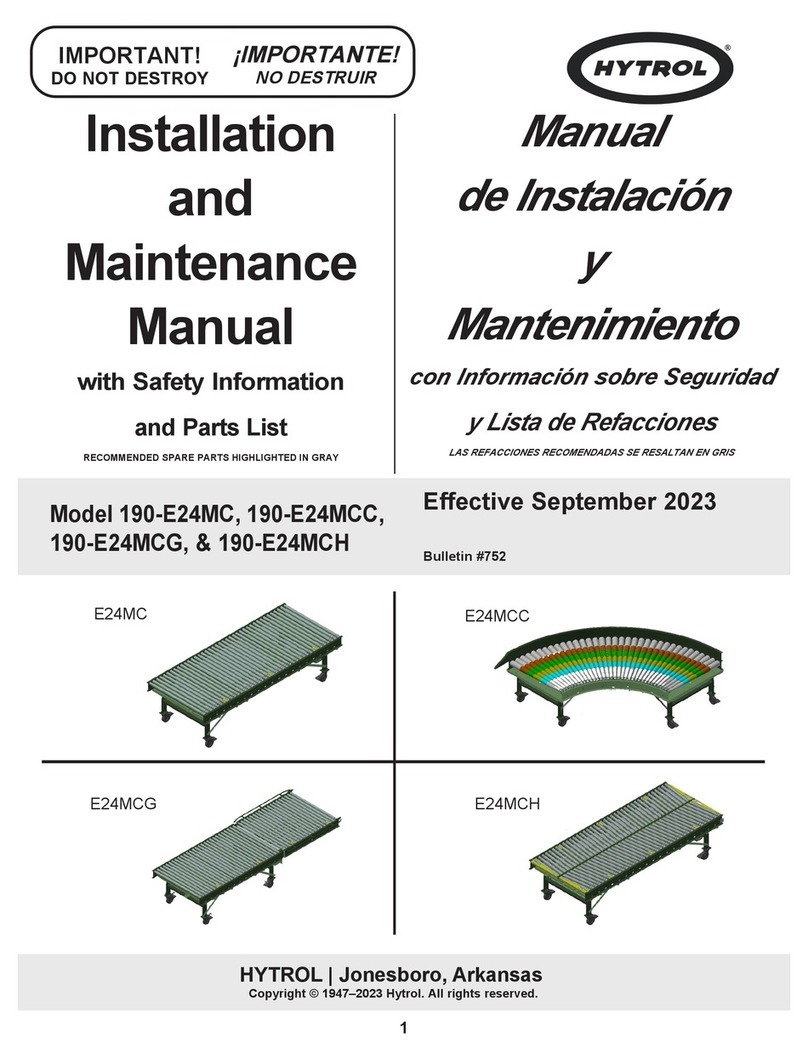
HYTROL
HYTROL 190-E24MC Installation and maintenance manual
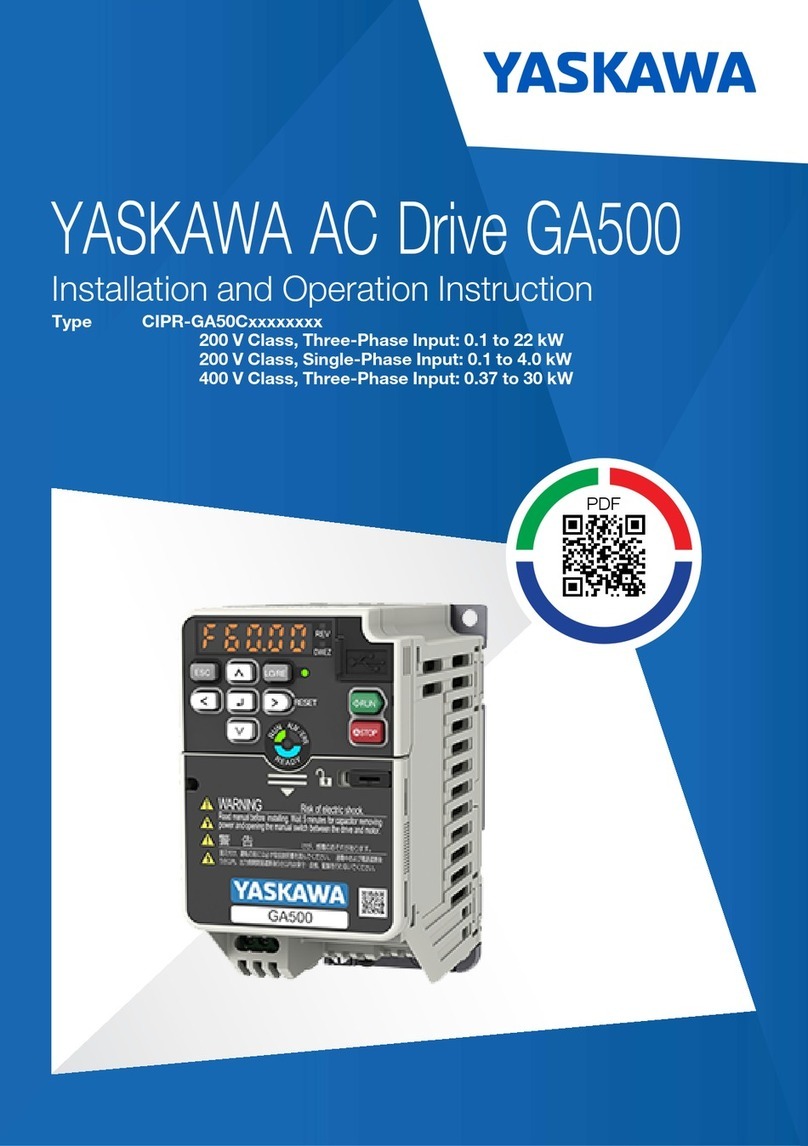
YASKAWA
YASKAWA GA500 series Installation and operation instruction

Larius
Larius MIRO LINER PLUS HAND PUSH Operating and maintenance instruction
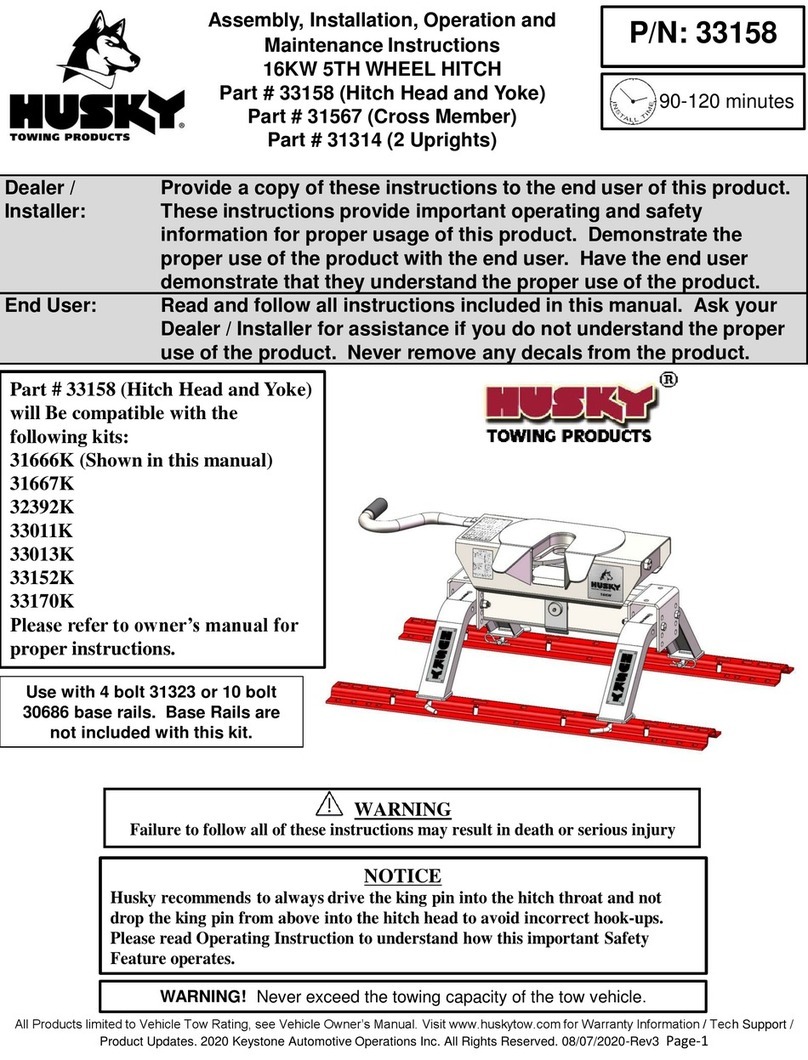
Husky
Husky 33158 Assembly, Installation, Operation and Maintenance Instructions
